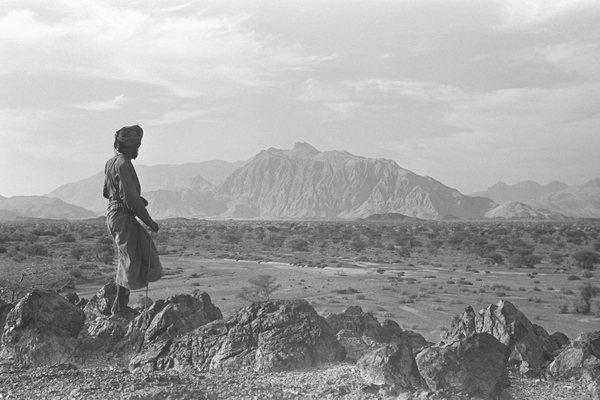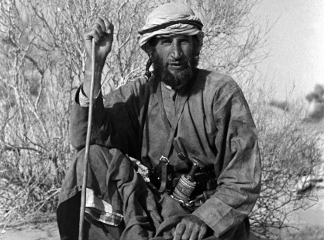
Located in the heart of Oxford, the Pitt Rivers Museum has collected photographs ever since its foundation in 1884 by Lieutenant-General Augustus Pitt Rivers. Particularly strong in images from the nineteenth and early twentieth century, the collection contains important fieldwork archives, including the photographs of adventurers such as Sir Wilfred Thesiger.

Sir Wilfred Thesiger belongs to a long tradition of English explorers who had one foot in the world of colonial rule and the other in a deep fascination of other cultures. An adventurer at heart, he left the rarefied world of Oxford University for the exotic allure of East Africa at the earliest opportunity and spent the following decades absorbed in the exploration of foreign lands.
Thesiger is best known today for his travel writing: Arabian Sands (1959) and The Marsh Arabs (1964) are particularly well-loved by those who hanker after a golden age of intrepid discovery. Now, with the digitization of thousands of negatives bequeathed to the Pitt Rivers Museum, Thesiger’s cherished journalism is matched by an extraordinary collection of photographs which vividly portray the splendor and romance of travel.

The endless sand dunes of Arabia’s legendary Empty Quarter presented Thesiger with his severest privations and perhaps his most stunning photographic opportunities. But what emerges most clearly from this collection is how often the explorer turned his lens on his guides and travelling companions. Thesiger respected his Bedouin friends tremendously, adopting their dress and becoming willingly absorbed into their way of life.

The same can been said of his travels amongst the Madan of the Iraqi marshlands, where his photography goes beyond the documenting of traditional customs to bring his subjects to life through candid, even affectionate, portraits. Whether in Africa, Arabia or Mesopotamia, Thesiger managed to capture a timeless charm in the people and places that he loved, and a dazzling record of his own wanderlust.
View all images from the Pitt Rivers Museum collection on the Bridgeman website available for licensing.

